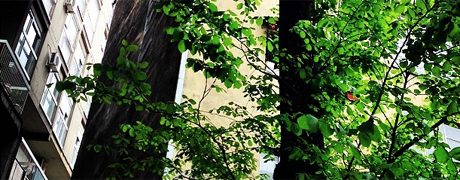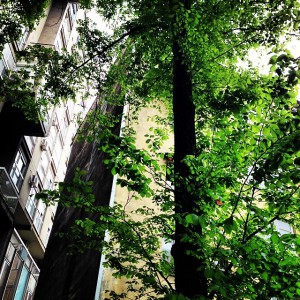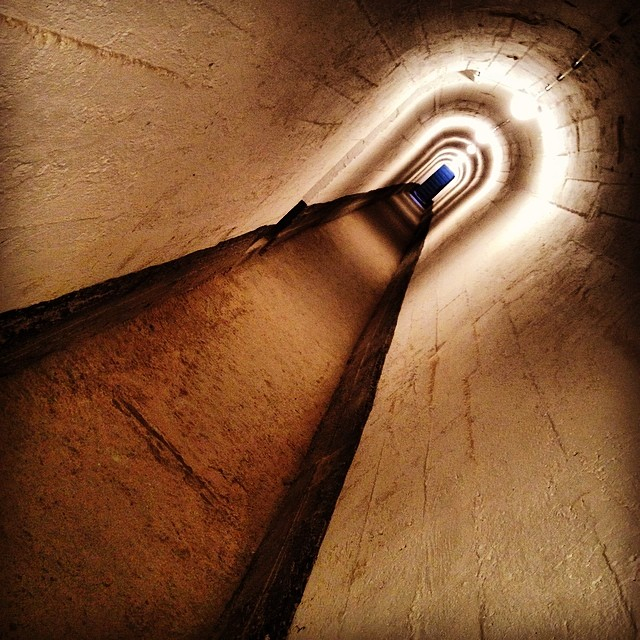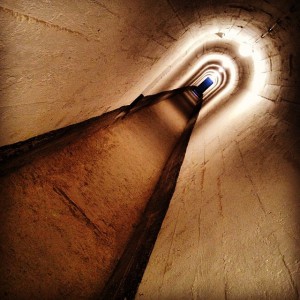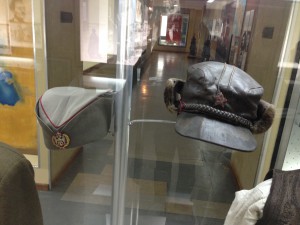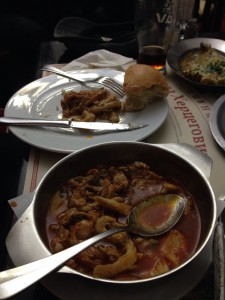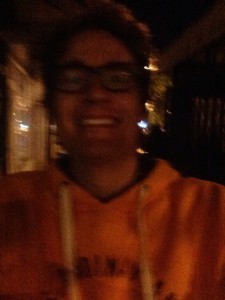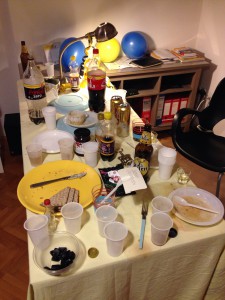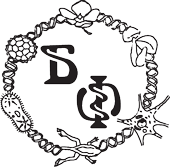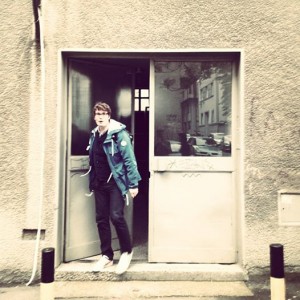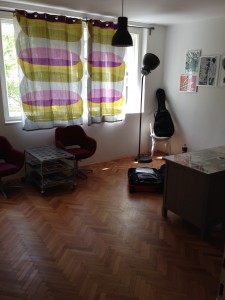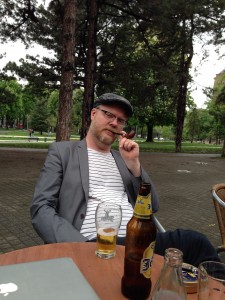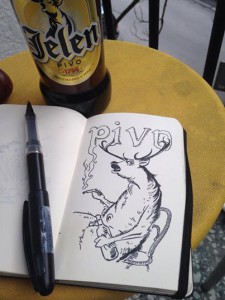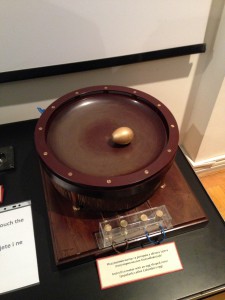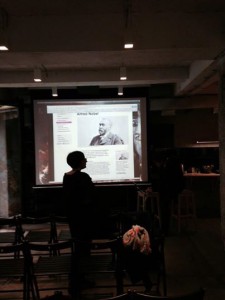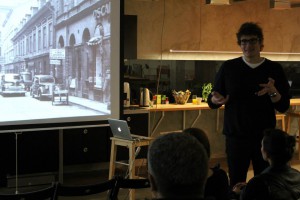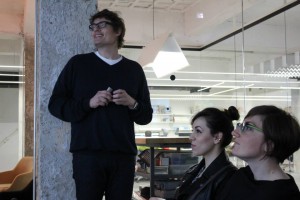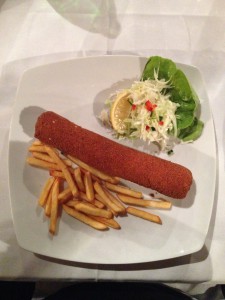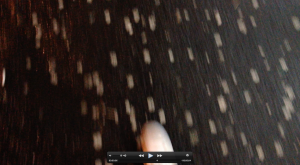When my Serbian contacts wondered what kind of author I am (or have been so far, as I prefer to see it), I usually told them about my books in the series Historiska ord.
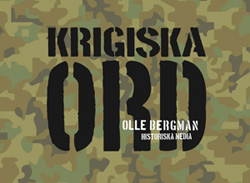
As, unfortunately, no one of them reads Swedish, I went on to explain the hejduk case.
In Swedish, a hejduk is a person who loyally obeys an evil minded person’s order – a thug, a gorilla or perhaps a soldato, to use a mafia term.
The image below shows an original hajduk, a sort of outlaw and guerilla fighter who in the folklore of Balkan became a Robin Hood-like character—always in opposition against the Ottoman turks and in defense of the poor people of the mountains and valleys.
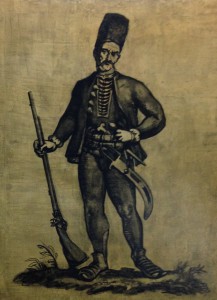
The Serbians claim it is a Serbian word, and the Hungarians claim it is a Hungarian word and some say it’s Turkish … I politely leave this discussion and say: the haiduk is a Balkan thing which we can find in a lot of places; most known to ”westerners” today is probably the football club Hajduk from Split, Croatia.
The free and wild hajduk eventually turned into a Hungarian type of mercenary, which in the 16th century also became a kind of Polish uniformed footsoldier, armed with arquebus (a primitive rifle) and a saber. This kind of soldier was found not only in the armies of Poland’s wars, but also in the personal bodyguard of Polish noblemen.
In this way, the concept reached Sweden. In the late 16th century, king Sigismund–son of a Polish-Lithuanian princess and hence king in Poland-Lithuania–and his uncle—duke Karl—fought about the power. Karl IX eventually won the throne through his triumph at the battle of Stångebro in 1598. In the aftermath, Sigismund was described with contempt in the propaganda (not least for he was a despicable Catholic). Hence, hejduks was seen as something that gangsters and evil kings surrounded themselves with. (If I am not mis-informed, a hajduk means ‘servant’ in modern Polish.)
PS It is probably an amusing fact for most Serbians that the word krabat in Swedish, which is normally used today to describe something cute and cuddly, originally means ‘a Croatian’. In the Swedish propaganda from the Thirty Years’ War, the Croatian cavalry—fighting on the Catholic side—was famous for being extraordinarily ruthless and merciless. Hence, the original Swedish meaning of the word krabat was ‘reckless person’.
